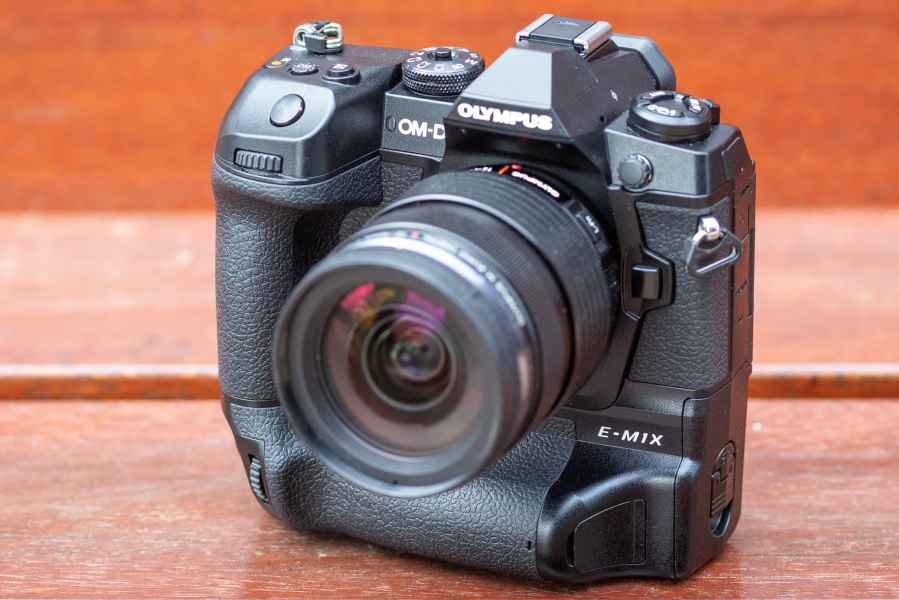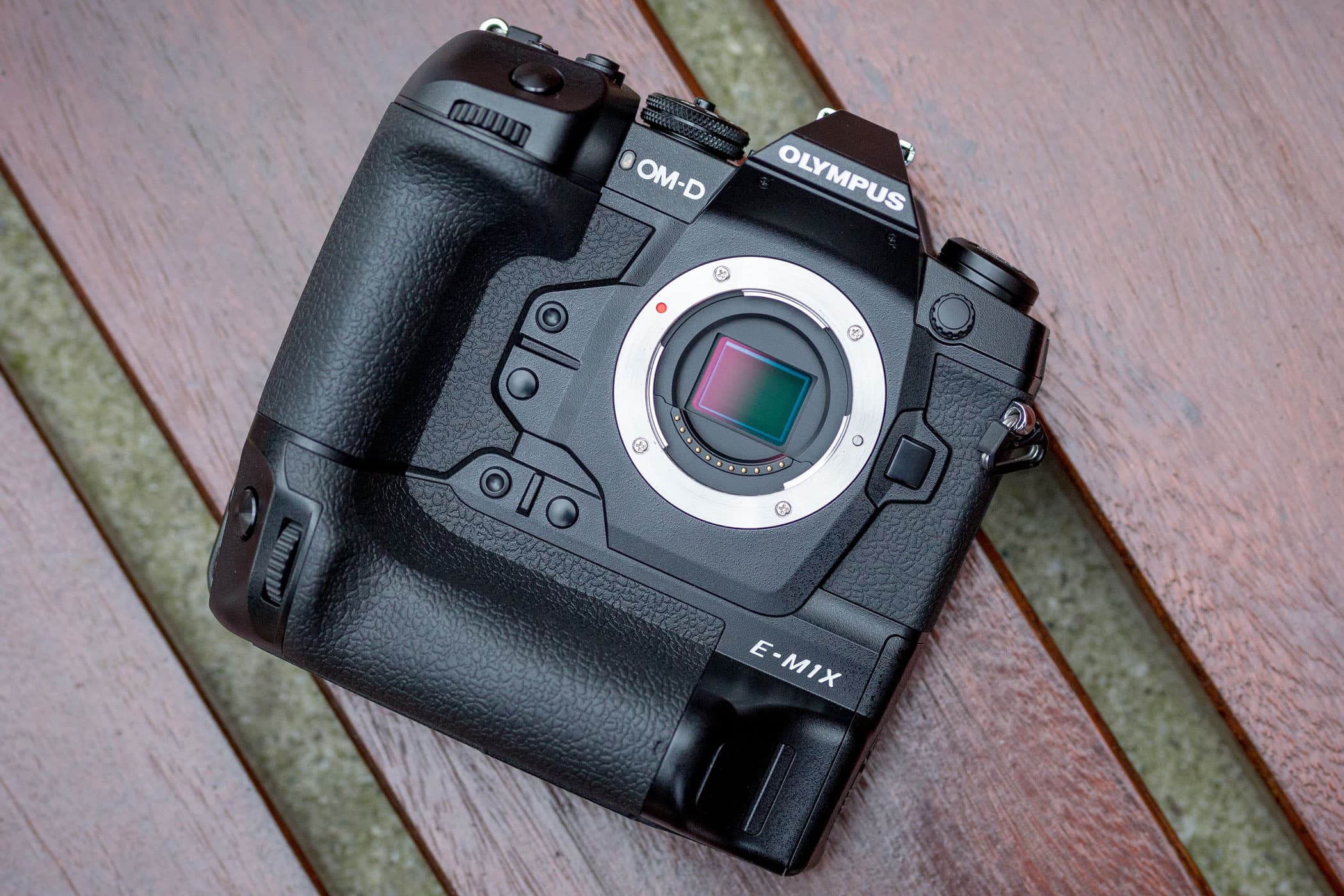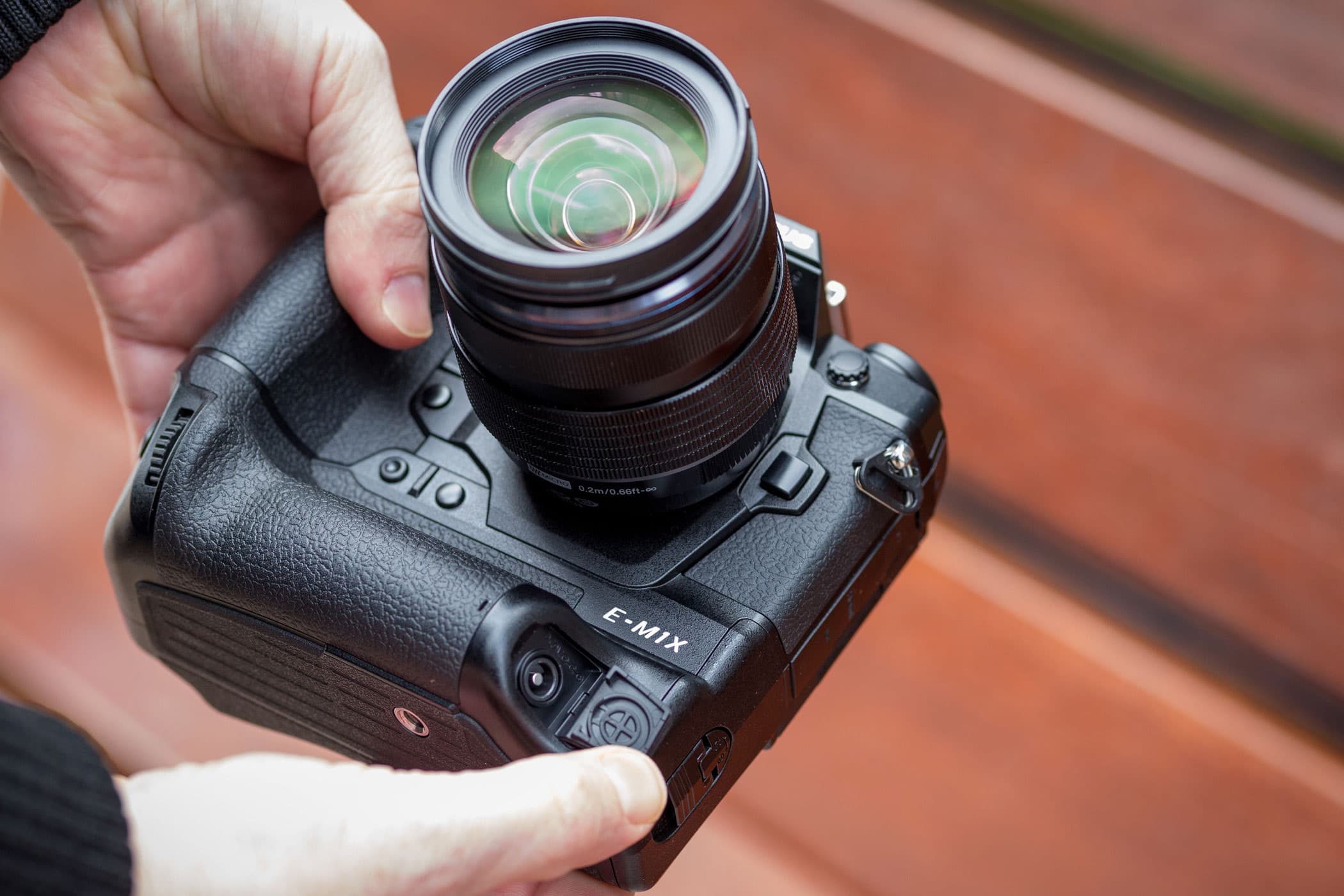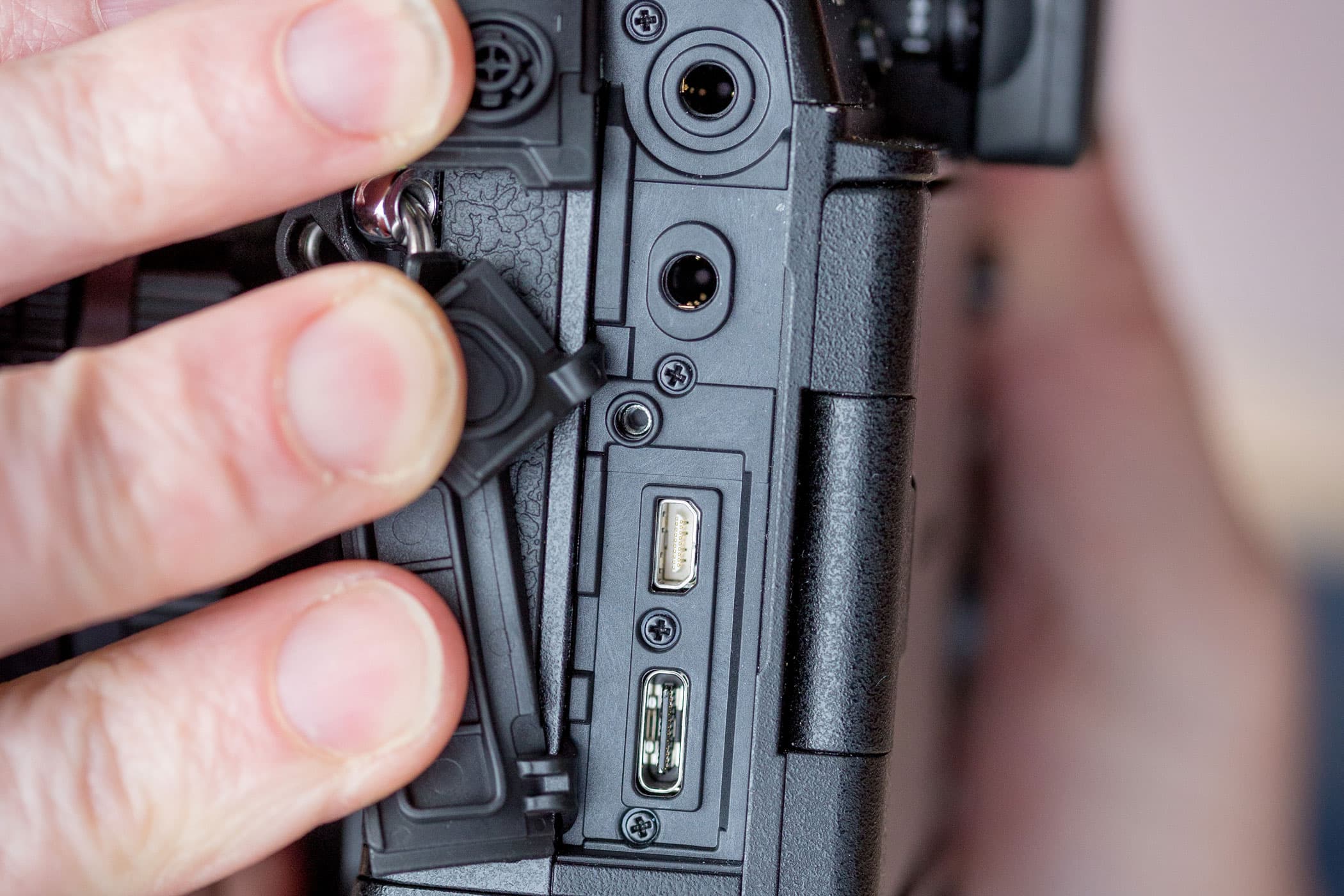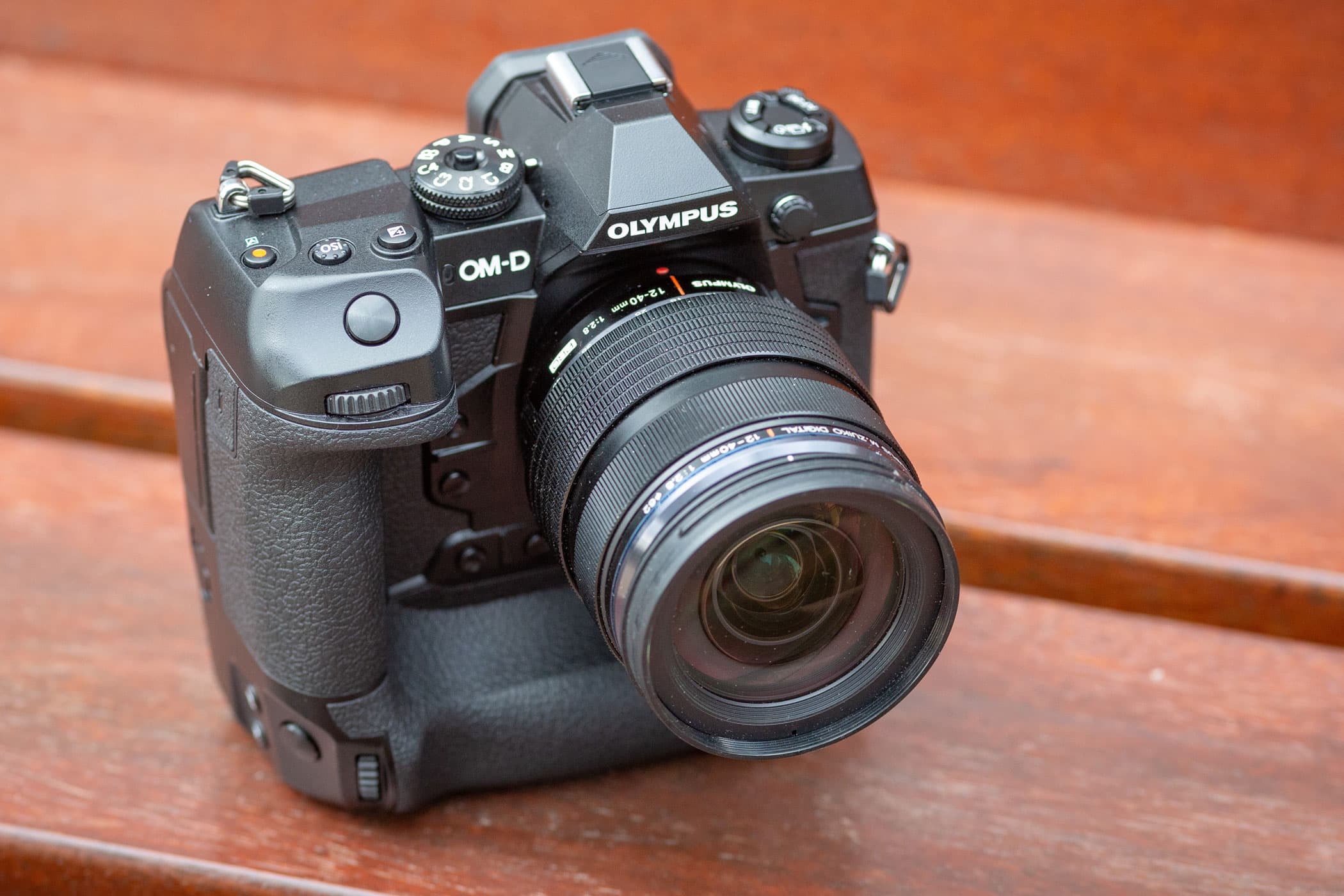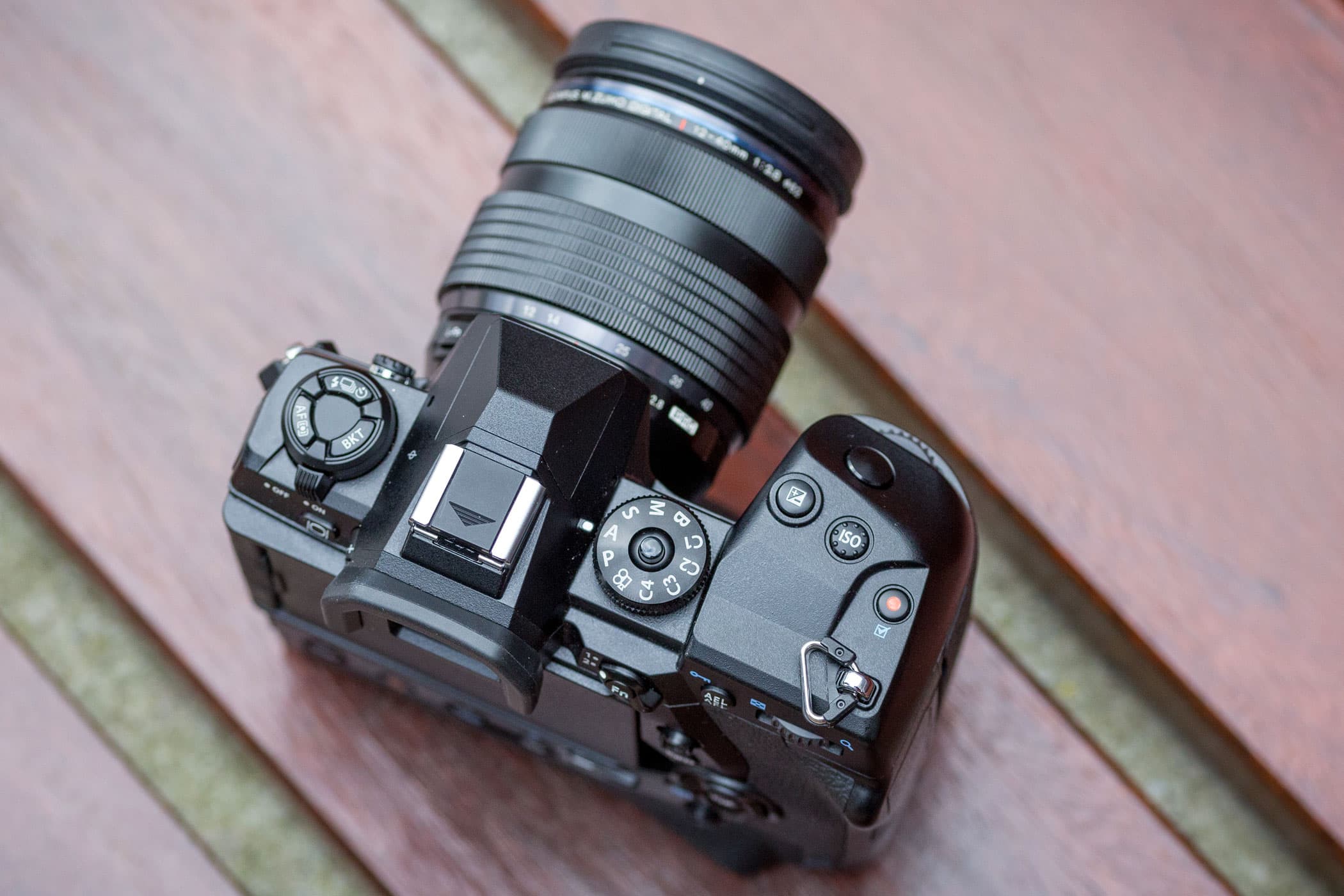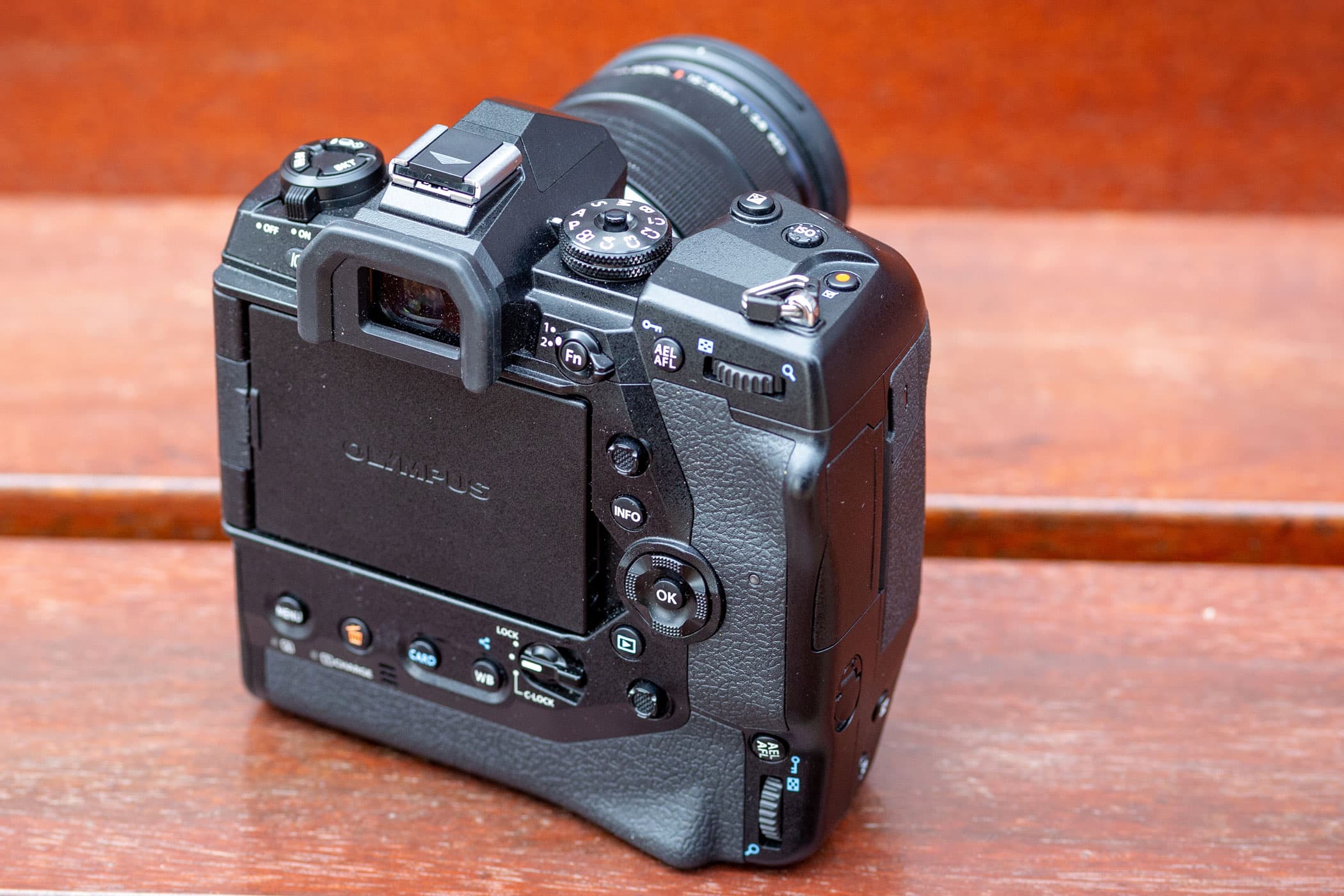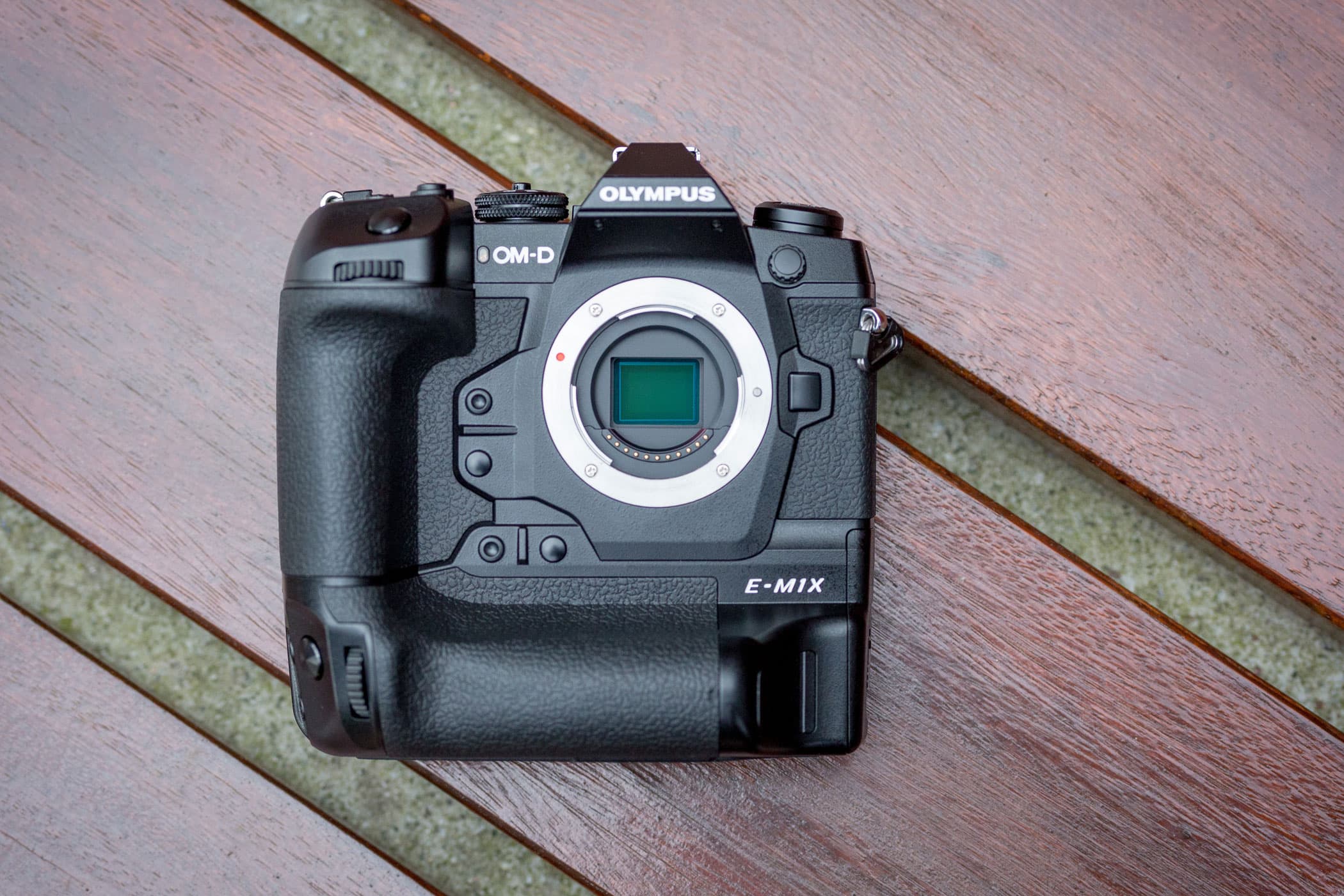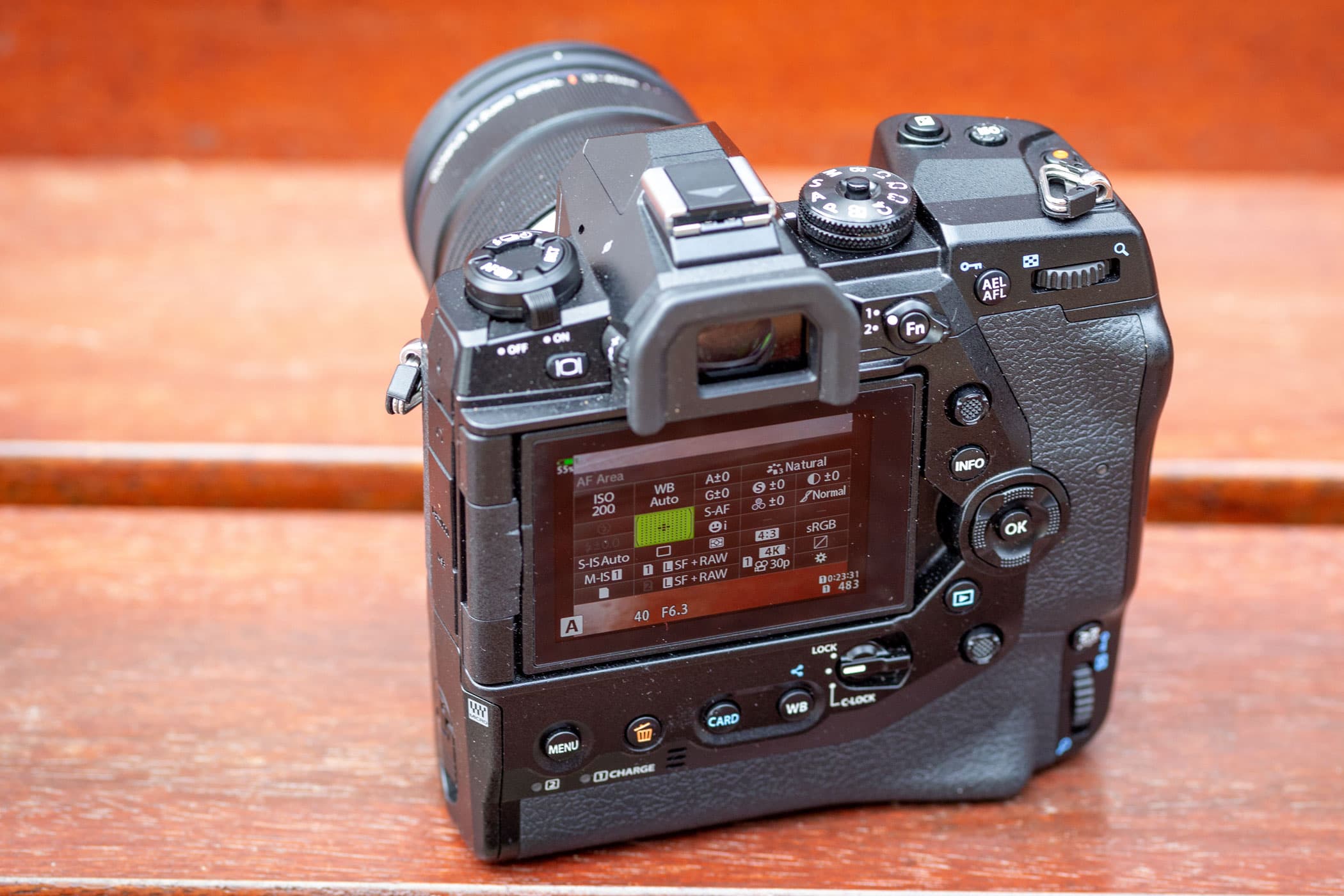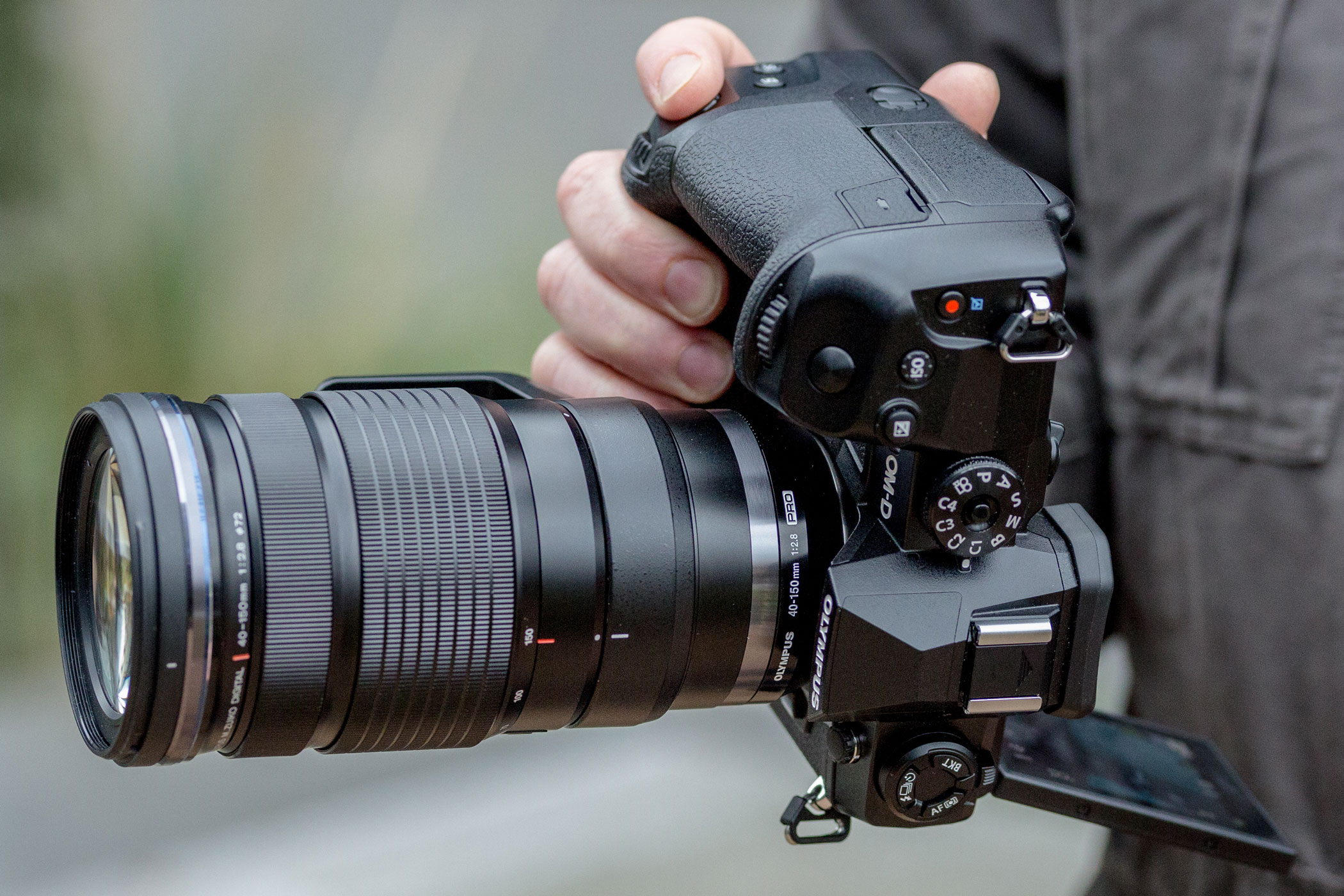The Olympus OM-D EM1X is one of Olympus’ largest cameras, with a built-in battery grip, it’s designed for high-speed shooting and has some impressive AF tracking built-in. But is it one of the best Olympus cameras? Find out in our full review.
Olympus OM-D E-M1X: At a glance:
- $3000 / £2799.99 body only when new
- 20.4MP Four Thirds MOS sensor
- 121-point phase-detection AF
- 15fps shooting (10fps with C-AF)
- 2.36m-dot EVF, 0.83x magnification
- 3-in fully-articulated touchscreen
- 5-axis in-body stabilisation, up to 7.5 stops
In October it will be 100 years since Olympus’s foundation, and to celebrate, the firm has produced a real statement model for Micro Four Thirds. The OM-D E-M1X takes all the things that its previous flagship OM-D E-M1 Mark II did particularly well – high-speed shooting, autofocus tracking, in-body stabilisation and durability – and cranks the dial to up 11. At £2800 body-only it doesn’t replace the Mark II, but instead forms a new tier in the line-up.
In essence, the E-M1X is designed for shooting sports and wildlife under demanding conditions. It’s one of only a handful of cameras to include an integrated vertical grip for portrait-format shooting, alongside the Canon EOS-1D X Mark II and Nikon D5. Its mirrorless design means that it’s not as huge as these two behemoths, but it still weighs in at almost a kilogram. At first sight this is a strange choice from Olympus, but after using the camera for a while, I can see the point. Many photographers habitually use add-on grips when shooting action with long lenses, and integrating the grip has allowed for a more robust body with additional controls and features.

The E-M1X is all about shooting sports and action. Olympus OM-D E-M1 X + M.Zuiko 300mm F4 IS PRO, 1/160sec at f/8, ISO 200
Olympus is making a number of eye-catching claims for the E-M1X. It says it has the world’s best dust, splash and freeze-proofing for shooting in severe weather; the most effective image stabilisation; the industry’s highest viewfinder magnification, and a remarkable battery life of 2,580 shots. Notable new features include AI-powered subject-detection autofocus, a hand-held version of the firm’s high-resolution composite mode, and a Live ND function for shooting long exposures.
Olympus OM-D E-M1X: Features
The E-M1X is based around a 20.4MP Four Thirds sensor which, at approximately 17.4 x 13mm, is roughly half the area of APS-C, and a quarter that of full frame. It offers a standard sensitivity range of ISO 200-25,600, extendable down to ISO 64 at the risk of clipped highlights. Two TruePic VIII processors provide the necessary horsepower for its remarkable speed, along with many of its other special features.
Continuous shooting is available at 15 frames per second with focus fixed at the start of a burst, or at 10fps with continuous AF, with a 287-frame raw buffer. Switch to the silent electronic shutter and this increases to 60fps with fixed focus or 18fps with focus tracking, but at the risk of image distortion due to rolling shutter artefacts. For unpredictable subjects where timing is everything, Olympus’s Pro Capture mode can record up to 35 frames at 60 fps before the shutter button is fully depressed, in effect meaning you can capture shots before you’d normally have time to react.
Shutter speeds range from 60sec to 1/8000sec using the mechanical shutter, extending to an ultra-fast 1/32,000sec with the electronic shutter. There’s also an electronic first curtain shutter mode that eliminates any chance of image blur due to shutter shock. The mechanical shutter is rated for 400,000 actuations, and is exceptionally quiet; the electronic shutter is completely silent.
Autofocus employs on-chip phase detection, with 121 cross-type focus points. This may not match the sheer number of AF points on recent mirrorless cameras, such as the 493 used by the high-speed Sony Alpha 9, but it still means you can focus practically anywhere across the image area. You can utilise groups of 5, 9 or 25 points, and even define custom AF-area patterns to suit your own needs. Both face and eye-detection are available, too.
Alongside the usual pattern and centre-weighted metering modes, there’s a choice of spot, shadow spot, and highlight spot modes, any of which can be linked to the focus area. The latter can be particularly useful in high-contrast situations to avoid losing highlight detail.
The E-M1X gains an uprated version of the firm’s already industry-leading 5-axis in-body image stabilisation (IBIS) system. Thanks to a new gyrosensor, Olympus is claiming an incredible 7.5 stops of stabilisation when the camera is used with an optically stabilised Zuiko lens such as the 12-100mm f/4 IS, with the body and lens working together to give ‘Sync IS’. Unfortunately this doesn’t work with Panasonic OIS lenses; instead you have to choose between in-lens and in-body systems.
Olympus was one of the first to introduce a high-resolution multi-shot mode, but until now it’s been strictly tripod-based. On the E-M1X the firm has debuted a version for hand-held shooting, which outputs 40MP JPEGs. Unlike the tripod mode, which uses the IBIS system to sample the image with increased accuracy, it’s based around the concept of ‘super resolution’, with the inevitable slight differences between up to 16 hand-held frames exploited to construct a 40MP image.
Olympus’s long-exposure Live Time and Live Bulb modes remove the guesswork for shooting long exposures by displaying the image as it builds up, while Live Composite is a clever way of extending light trail shots beyond what would normally be possible. New on the E-M1X is Live ND, which allows the shooting of long exposures just like using a neutral density filter (for more about this, see later in this review).
There’s a whole stash of additional features on board too, including a vast array of bracketing options; high-dynamic range shooting; in-camera keystone correction for removing unwanted converging verticals, and a comprehensive intervalometer.
Files are recorded to dual high-speed UHS-II SD card slots, which can be configured in practically any fashion required. It’s possible to use them sequentially or simultaneously, and choose which file types to record to each. There’s even a button for switching between cards, which is especially handy for playback. The two BLH-1 batteries combine to give a CIPA-rated life of 2850 shots between charges. They can be re-charged via the camera’s USB-C port, and a pair of external chargers is also provided. The camera can also be powered over USB.
The E-M1X can record video in Cinema 4K (4096 x 2160) resolution at 30fps, with a new OM-Log400 profile available to produce footage that’s suitable for colour grading in post-production. It’s even possible to set different levels of image stabilisation for hand-held recording. A specially engineered heat pipe is designed to prevent over-heating problems during recording.
There’s a standard 3.5mm stereo microphone input, which is set high enough on the camera’s shoulder not to interfere with the movement of the articulated screen. Below it is a headphone socket, but this does partially block the screen’s rotation. The HDMI and USB-C connectors sit below, under a shared cover.
Across the other side you’ll find a 2.5mm electronic release socket, cross compatible with those used by Canon, Pentax and Fujifilm. Olympus has even built in set of field sensors, as used by its Tough cameras, comprising a GPS unit, thermometer, manometer and compass. These can record the camera’s longitude, latitude, elevation, temperature and shooting direction into the EXIF data.
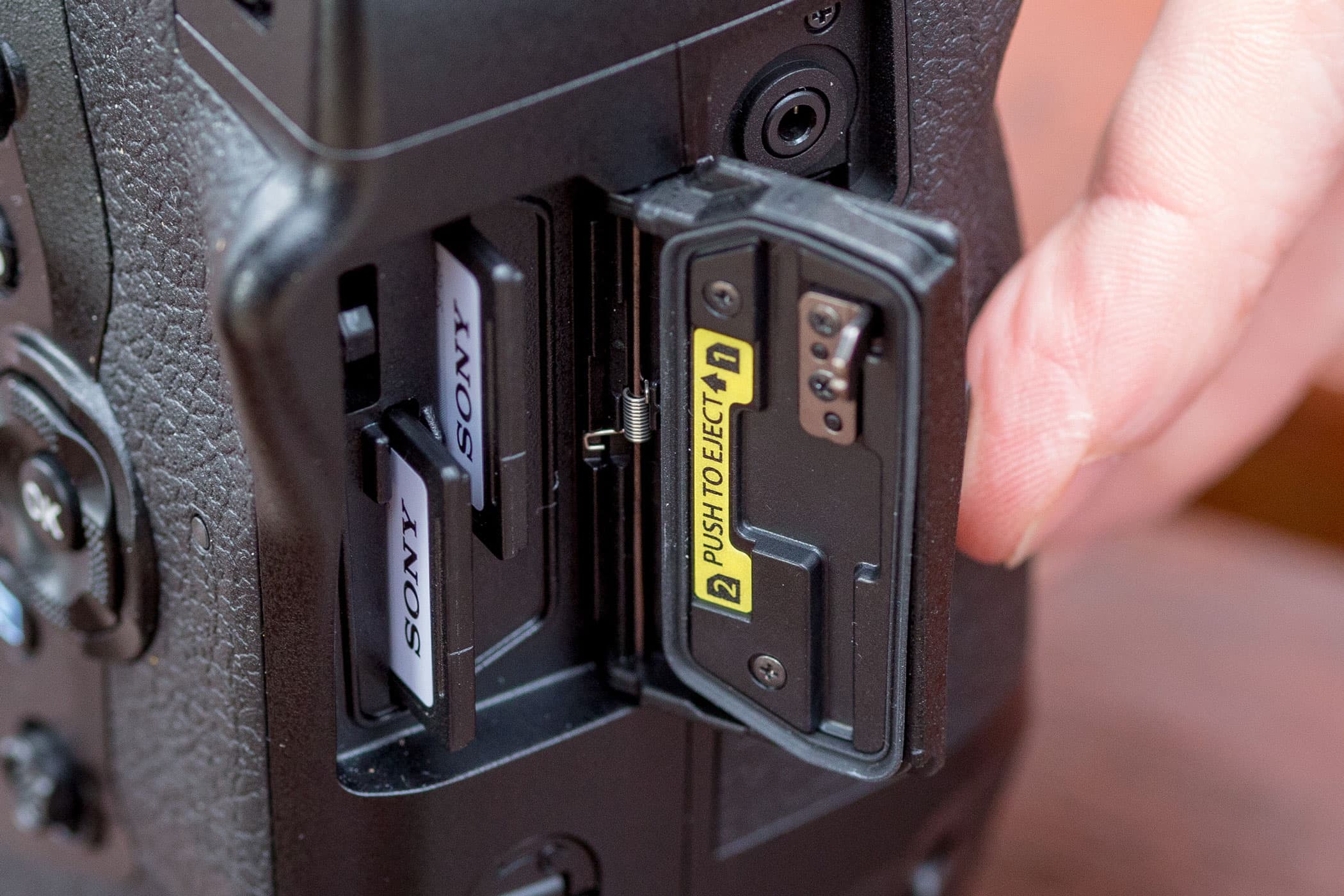
Here you can see the weather-sealed 2.5mm remote release connector beside the card slots. It accepts Canon- and Pentax-compatible accessories
Smartphone connectivity is provided by built-in Wi-Fi and Bluetooth. This lets you use your phone as either a simple Bluetooth remote shutter release, or as a comprehensive remote control over Wi-Fi, including full access to exposure settings and a live view display. You can also copy your favourite images across to your phone for sharing. Olympus says a new version of its OI Share mobile app will support raw file transfer, while new Olympus Capture software enables Wi-Fi tethered shooting from a computer.
Olympus OM-D E-M1X: Build and handling
With its rugged weather-sealed magnesium alloy body and integrated vertical grip, Olympus is placing the E-M1X squarely in the same bracket as Canon and Nikon’s pro sports cameras. Its build quality really is excellent, with the big chunky handgrips making the camera extremely comfortable to hold for extended shooting. The controls are large and well spaced, making the camera easy to operate even when you’re wearing gloves, and I certainly appreciated this when shooting a total lunar eclipse at 5am on a freezing January morning. Both the SD card door and battery-tray release use twist-latch doors to prevent accidental opening, and Olympus says sealing isn’t compromised when using a microphone, headphones or a wired remote release.
The control layout is broadly based on the E-M1 Mark II, but the larger body means that there’s space for even more controls. Most notably, there are new ISO and exposure compensation buttons adjacent to both shutter releases, and a white-balance button on the back. A large lever on the back allows you to disable the vertical grip, or alternatively lock-off a user-specified combination of buttons and dials. Almost all the main controls fall perfectly to hand, aside from the portrait format ISO button which requires an uncomfortable stretch of your forefinger.
Where the E-M1 Mark II had a pair of buttons above the power switch on its left shoulder, the E-M1X now has three. These give quick access to flash, drive, metering, focus and bracketing modes, which are changed by spinning the front and rear control dials. Function buttons placed beneath the tips of your second and third fingers operate depth-of-field preview and one-touch white balance by default, but can be reconfigured to almost any other setting you prefer.
In a long-overdue move, Olympus has also included a pair of joystick controllers for repositioning the focus point. Both fall naturally beneath your thumb, and are a huge improvement on using the d-pad on the E-M1 II. The AF area is highlighted in an easily visible green when you move it around the frame: this shouldn’t be remarkable, but it’s a welcome contrast to Sony’s insistence on ‘highlighting’ the focus point in invisible grey.
Some photographers will be surprised by the fact that Olympus hasn’t provided a separate AF-ON button for activating the autofocus independently of the shutter. But the idea is that you use the AEL/AFL button instead, which essentially changes function to AF-On when you switch to C-AF. Like almost any control on the E-M1X, you can configure exactly how you’d like it to behave, and even set it up differently for S-AF, C-AF and MF modes.
With all these buttons, dials and switches, the E-M1X has all the external controls you could possibly ask for, and arguably more. Not only do you barely have to enter the menus, you rarely have to bother with the onscreen super control panel, which is crucial to operating lower-end Olympus models. And while the controls are almost infinitely customisable, the camera is so well set up out-of-the-box that I found little need to change anything. I re-set the main dials to my preferred layout, but that’s all.

Olympus has finally included a customisable My Menu on the E-M1X
Olympus’s huge and convoluted menus haven’t changed, though; indeed the custom menu now stretches to 23 pages. Thankfully, Olympus has finally added a My Menu where you can compile up to 35 of your most-used settings, which makes things much more manageable. It’s also come up with an uncharacteristically elegant method for adding items, by pressing the video button when they’re selected. This works really well, and leaves the other manufacturers’ far more complicated approaches looking pretty silly.
Olympus OM-D E-M1X: Viewfinder and screen
As usual for an OM-D, the E-M1X sports a centrally mounted viewfinder above an articulated touchscreen. The EVF is huge, offering 0.83x magnification, but the choice of a 2.36-million-dot panel is surprising given that its competitors now all use 3.7-million-dot units at least. The firm’s explanation is that this aids driving the finder at 120 frames per second for lag-free action shooting, however the relative lack of crispness is clearly visible.
Having said that, the viewfinder is still very good, giving an accurate preview of colour, exposure and depth-of-field. You can display plenty of useful information, including a live histogram, electronic levels, and highlight and shadow clipping warnings. It’s possible to choose whether exposure data is overlaid on the preview image, or displayed below to give a cleaner view.
One real advantage of the E-M1X over its competitors is its fully articulated LCD, which makes it much easier to shoot at unusual angles in both portrait and landscape formats. Touchscreen functionality is relatively limited, but includes the most important options including focus point selection, operation of the onscreen control panel, and image browsing in playback. One strange omission is the lack of a top-plate LCD status panel, as seen on an increasing number of high-end mirrorless models, especially as there’s a blank space where one could fit rather neatly.
Olympus OM-D E-M1X: Autofocus
Perhaps the camera’s most interesting feature is its Intelligent Subject Detection autofocus, which allows it to recognise and track specific kinds of subjects. This works in the C-AF + TR focus mode, and can be configured for trains, planes, or motorsports (as well as birds with a later firmware update in Nov 2020). The camera will then outline any object of the correct type in the viewfinder, and in principle ignore everything else.
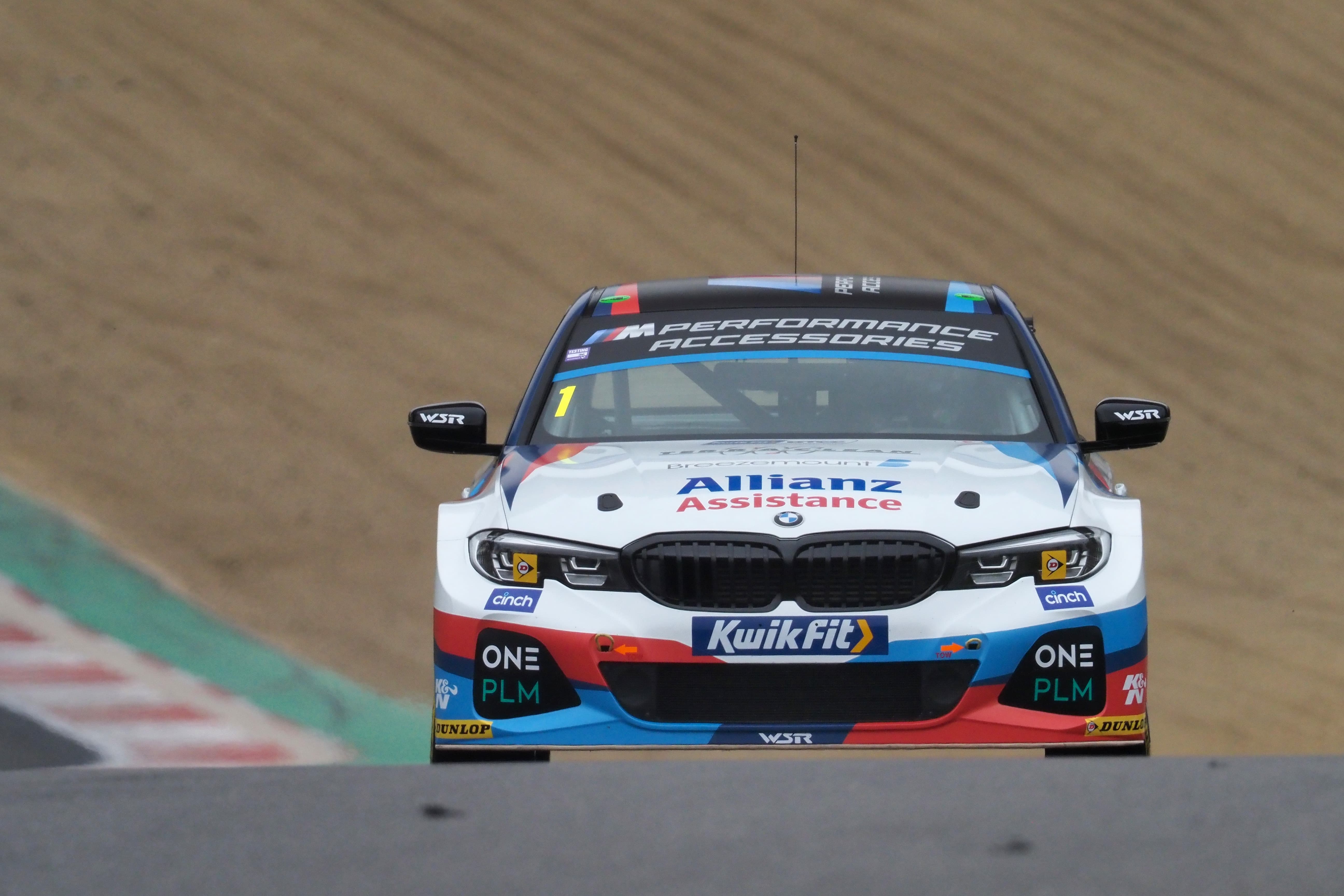
The E-M1X has no trouble keeping focus on cars driving at high speed directly towards the camera. Olympus OM-D E-M1X + M. Zuiko 300mm F4 IS Pro + MC-14 teleconverter, 1/2000sec at f/5.6, ISO 1250
Olympus says that the detection algorithm has been trained using a ‘deep learning’ approach, which means that the camera could in principle be updated to detect other subject types in future, such as birds or animals. Indeed, Olympus says it’s hoping to add modes for such subjects via future firmware updates. If it can’t find any object of the specified type, the AF falls back to its conventional subject-tracking mode.

The E-M1x is just as capable tracking subjects moving away from the camera. Olympus OM-D E-M1X + M.Zuiko 40-150mm f/2.8 at 150mm, 1/1250sec at f/2.8, ISO 320
Subject detection works really well, and did a brilliant job of when I tested it at a couple of motor sports events. It’s able to pick up cars wherever they enter the frame, rapidly acquire focus, and then follow them and track focus no matter how they move. One clear real-world benefit is that it’s rarely confused by any extraneous objects that temporarily obstruct your view. This ability to understand and track the desired subject is nothing short of revolutionary, making it so straightforward to get good results that it feels like cheating.

For this flying heron, I found using a central group of focus points more reliable. Olympus OM-D E-M1X, M.Zuiko 40-150mm f/2.8 Pro + MC-14 teleconverter, cropped to 840mm equivalent.
However while the E-M1X performs superbly with relatively large, well-defined subjects, I don’t think it’s quite on the same level as the class-leading Sony Alpha 9 in its ability to lock onto small, distant ones. Nor is it as capable of keeping track of randomly moving objects such as birds when it’s working purely by pattern and colour. It’s still no slouch, but with wildlife you’ll often be better off using groups of focus points rather than AF tracking, and the hit-rate probably won’t be as high.
With static subjects the AF likewise works extremely well, being practically silent, accurate and almost instantaneous. It also continues to work in remarkably low light. I was particularly impressed to find it could focus on the edge of the eclipsed moon using a 300mm f/5.6 telezoom.
Olympus OM-D E-M1X: Performance
Put the E-M1X to work shooting fast-moving subjects, and you’ll quickly find that it’s an extremely accomplished camera that’s capable of turning out great-looking images shot after shot. Like most mirrorless models it takes a second or so to start up, but from then on it’s as fast and responsive as you could hope for. It’s just worth bearing in mind how easy it is to eat up the buffer and card space when shooting at high frame rates, especially when recording raw files.

Despite its relatively small sensor, the E-M1X gives decent images at ISO 6400. Olympus OM-D E-M1 X + M.Zuiko 40-150mm F2.8 Pro + MC-14 teleconverter, 1/1000 sec at f/4, ISO 6400
Typically for Olympus, though, JPEG files are superb, with excellent colour and well-judged exposure. Indeed there are few cameras with which I’d be more confident turning off raw recording. The only real caveat is over-aggressive noise reduction smearing away fine detail, and there’s a strong case for setting the Noise Filter to Low if you want to make large prints. It’s also crucial to shoot at larger apertures than you’d use with larger formats, to avoid diffraction blurring. In my experience, this isn’t remotely a problem with Olympus’s high-end PRO lenses, which deliver great results at all apertures and focus distances.

Olympus’s out-of-camera colour rendition is excellent, and its pro lenses are superb. Olympus OM-D E-M1X + M.Zuiko 40-150mm f/2.8 at 150mm, 1/160sec at f/2.8, ISO200.
One area where the E-M1X does indisputably lag behind its larger-sensored peers is dynamic range. It’s simply not possible to pull as much detail out of shadow regions of the frame when processing raw, before seeing noise rear its ugly head. But this has to be kept in context – there’s still decent leeway for manipulating an image. In the example below I pulled a couple of stops extra detail up from the shadows, and while noise is becoming quite visible in the darkest tones, it’s certainly not spoiling the image.
Battery life is exceptional, especially in burst mode. For example, shooting motorsports at 10fps with the mechanical shutter, I managed over 3400 frames without even touching the second battery; using the electronic shutter I managed well over 5000. You’d need a serious day’s shooting to get through both batteries.
Olympus OM-D E-M1X: In-body stabilisation
As we’ve come to expect from Olympus, the E-M1X’s in-body stabilisation is truly phenomenal. It’s possible to routinely shoot hand-held exposures way longer than you’d believe possible, even into multiple seconds. This works with any lens you can fit onto the camera, but you’ll get the very best results with Olympus’s optically-stabilised lenses, the M.Zuiko 12-100mm F4 IS Pro and the M.Zuiko 300mm F4 IS Pro.
It’s easy to think that image stabilisation is just to avoid camera shake, but it can be used much more creatively than that. In the example above, I specifically used it to obtain a relatively long shutter speed to blur the moving water. In this case, 1/13sec at 132mm equivalent counts as approximately four stops stabilisation.
Of course you can use the IBIS to shoot long exposures. This shot of the Painted Hall at Greenwich is 1.6 seconds, hand-held: there are very few other cameras where you’d get away with that. However I also noticed such long exposures can give very odd artefacts towards the edge of the frame with wideangle lenses such as the M.Zuiko 7-14mm F2.8 Pro.
Olympus OM-D E-M1X: Live ND
New to the E-M1X is a Live ND function that can be used for shooting long exposures equivalent to using neutral-density filters from 1 to 5 stops, with the effect previewed in the viewfinder. It’s only available in manual-exposure mode, and while it’s probably best used with the camera on a tripod, this isn’t always essential. It works by shooting a series of short exposures, then aligning them and averaging anything that’s moved.

Here I used Live ND, shot handheld, to blur the moving water and foliage. Olympus OM-D E-M1X + M/Zuiko 12-100mm f/4, 1.3sec at f/5.6, ISO 200
Live ND works well, and means you no longer have to stop down to resolution-sapping small apertures to shoot long exposures. In the sample above I used it blur the waterfall, while combining it with the high-contrast black & white Dramatic Tone II Art Filter to liven up a dull grey day. However with a maximum of 5 stops effect, it’s not yet a substitute for the really deep ND filters that are fashionable among landscape shooters.
Olympus OM-D E-M1X: Hand-held multi-shot
Olympus was one of the first to introduce a high-resolution multi-shot mode, exploiting the in-body stabilisation unit to deliver full-colour sampling at each pixel location. Until now it’s been strictly a tripod-based mode, but on the E-M1X Olympus has added a version for hand-held shooting, which outputs 40MP JPEGs.

Hand-held multi-shot. E-M1X + 12-100mm F4 at 41mm, 1/640sec at f/4, ISO200. Shot using a pre-production E-M1X
Hand-held mode actually works on a completely different principle, taking 16 frames in rapid succession which are processed using conventional Bayer interpolation. It then uses the tiny sub-pixel differences between them to produce a higher-resolution image. Its main practical drawback is that the processing time is painfully long, with the camera locking up completely for 13 seconds.

Conventional single-shot JPEG. E-M1X + 12-100mm F4 at 41mm, 1/640sec at f/4, ISO200. Shot using a pre-production E-M1X
It certainly works, though; 40MP JPEG files look very soft at the pixel level, but if you down-sample them to 20MP and compare to conventional single-shot images, they show visibly more fine detail. Unsurprisingly though, the mode still has problems dealing with subjects that move while it’s recording the exposures.

100% crops from single-shot on left, hand-held multi-shot on right (downsampled to match)
You can clearly see the difference in the comparison above. Detail is much better defined in the multi-shot version of this pair of images, taken just seconds apart. But you can also see ghosting from a man walking through the frame in the multi-shot version. Even so, it’s easily the most practical implementation of this feature to date, and clearly works better than the version found on the Pentax K-1 Mark II.
Olympus OM-D E-M1X: Image quality
With its 20MP Four Thirds sensor, the E-M1X is capable of resolving easily enough detail for an A3 print. It may not quite match its 24MP peers in this respect, but the difference is of little practical importance. The smaller sensor does mean that it lags behind its rivals for image noise when compared ISO-for-ISO, but in some situations this can be offset by its outrageously effective image stabilisation. While you’ll get best results at ISO 1600 and below, I’d happily shoot at up to ISO 6400 as a matter of course.
Olympus OM-D E-M1X: Resolution
At low ISOs, using the Olympus 60mm f/2.8 Macro at f/4, the E-M1X cleanly resolves at least 3600 l/ph. However false colour and maze patterns due to aliasing creep in at higher frequencies. Noise only starts to have a clear negative impact at ISO 1600, with resolution dropping to around 3400 l/ph. By ISO 6400 this falls to about 3000 l/ph, before plummeting to 2400 l/ph at ISO 25,600. Olympus’s JPEG processing gives slightly lower resolution in a bid to reduce artefacts and noise. In the crops below, multiply the numbers beneath the lines by 200 to calculate the resolution in lines per picture height.
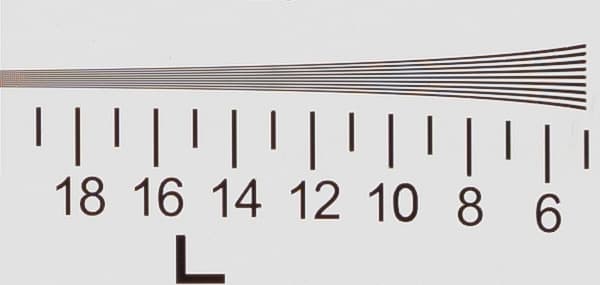
Olympus OM-D E-M1X resolution, Raw + Adobe Camera Raw, ISO 64
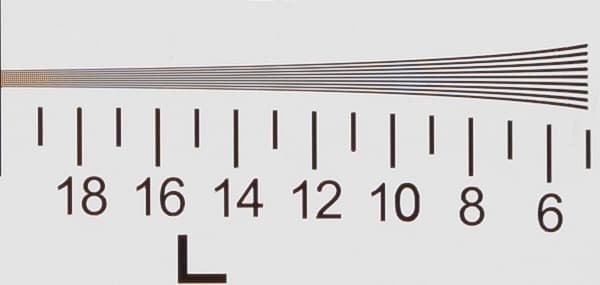
Olympus OM-D E-M1X resolution, Raw + Adobe Camera Raw, ISO 100
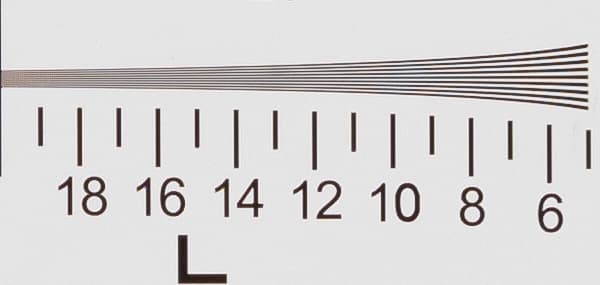
Olympus OM-D E-M1X resolution, Raw + Adobe Camera Raw, ISO 200

Olympus OM-D E-M1X resolution, Raw + Adobe Camera Raw, ISO 400

Olympus OM-D E-M1X resolution, Raw + Adobe Camera Raw, ISO 800

Olympus OM-D E-M1X resolution, Raw + Adobe Camera Raw, ISO 1600
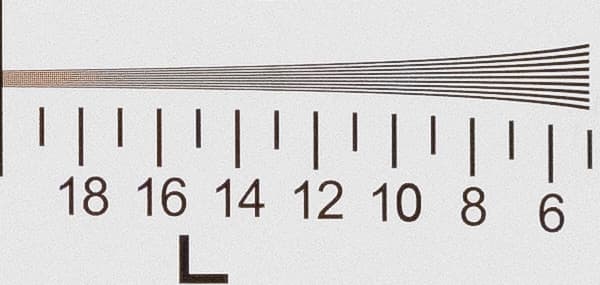
Olympus OM-D E-M1X resolution, Raw + Adobe Camera Raw, ISO 3200

Olympus OM-D E-M1X resolution, Raw + Adobe Camera Raw, ISO 6400
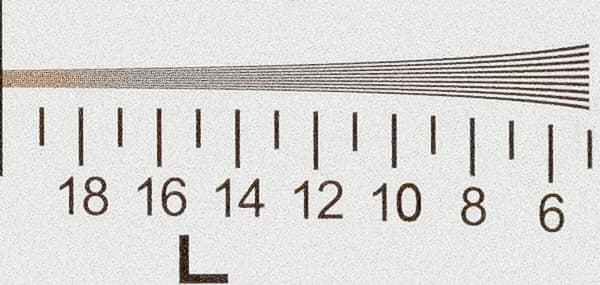
Olympus OM-D E-M1X resolution, Raw + Adobe Camera Raw, ISO 12800

Olympus OM-D E-M1X resolution, Raw + Adobe Camera Raw, ISO 12800
Olympus OM-D E-M1X: Noise
There’s little to fault about low-ISO images from the E-M1X, which display strong colour and plenty of fine detail with no visible noise. Indeed it’s only at ISO 800 that a little luminance noise creeps in, but you’ll only see it when viewing files close-up onscreen. However by ISO 3200 noise is having a much stronger impact, with fine detail disappearing and colour saturation suffering too. At ISO 6400 image quality is still acceptable for smaller output sizes, but personally I’d avoid using ISO 12800 unless there was no other choice, and reject ISO 25,600 completely.
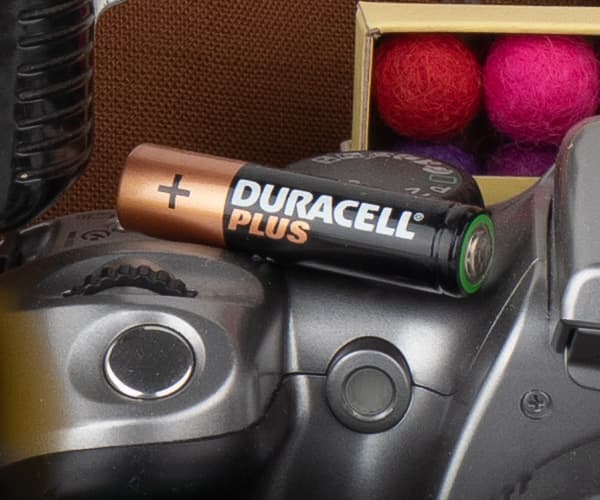
Olympus OM-D E-M1X noise, Raw + Adobe Camera Raw, ISO 64
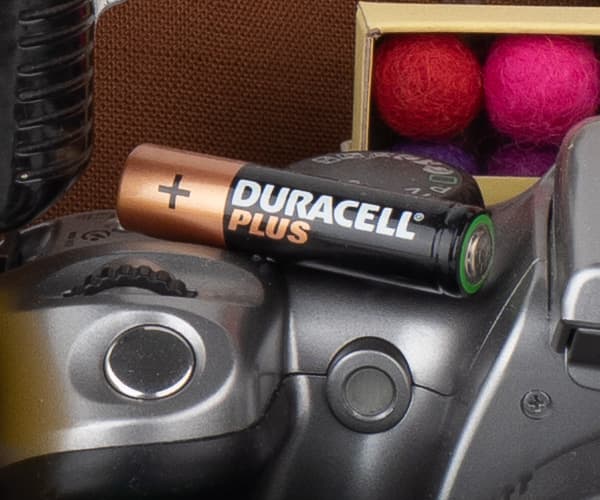
Olympus OM-D E-M1X noise, Raw + Adobe Camera Raw, ISO 100

Olympus OM-D E-M1X noise, Raw + Adobe Camera Raw, ISO 200
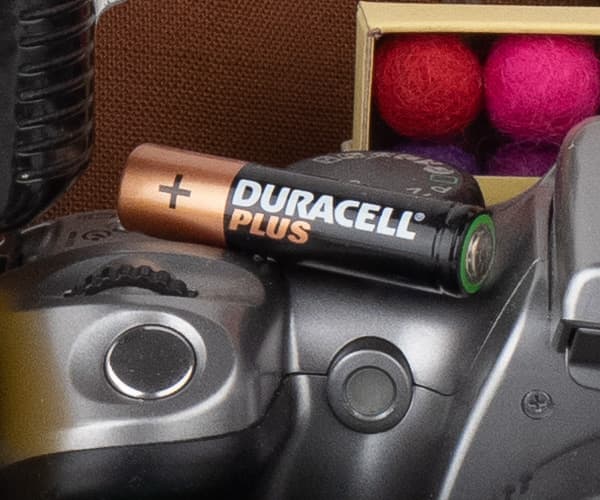
Olympus OM-D E-M1X noise, Raw + Adobe Camera Raw, ISO 400
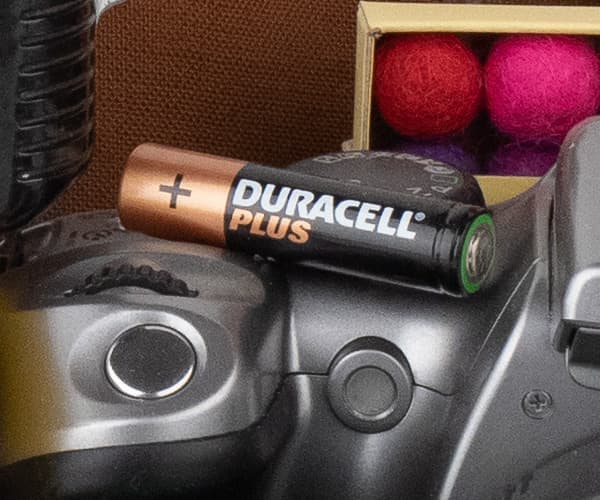
Olympus OM-D E-M1X noise, Raw + Adobe Camera Raw, ISO 800
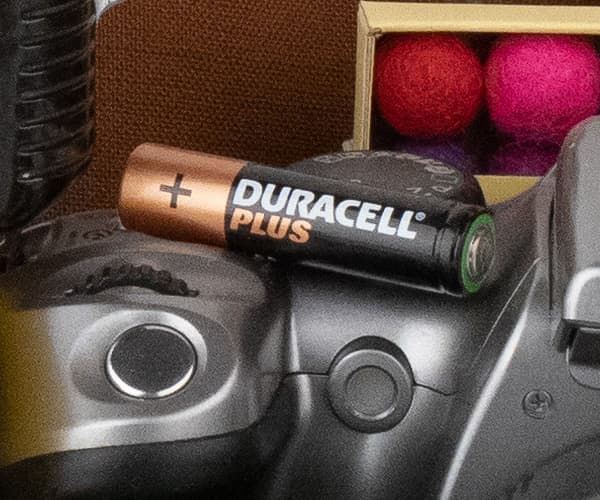
Olympus OM-D E-M1X noise, Raw + Adobe Camera Raw, ISO 1600
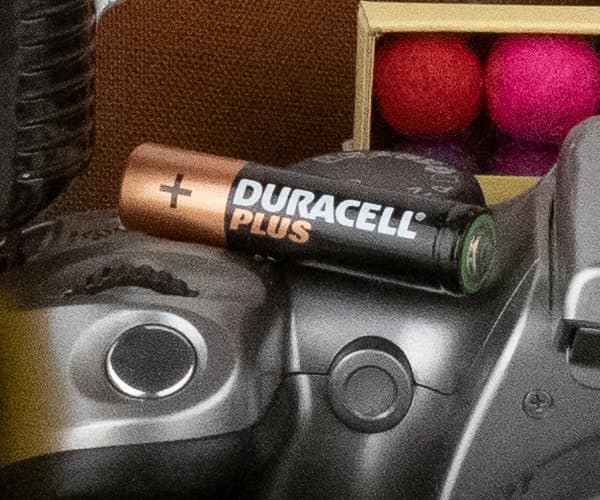
Olympus OM-D E-M1X noise, Raw + Adobe Camera Raw, ISO 3200

Olympus OM-D E-M1X noise, Raw + Adobe Camera Raw, ISO 6400
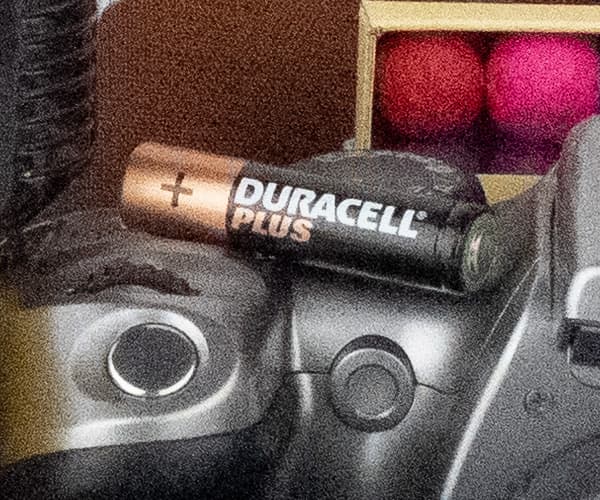
Olympus OM-D E-M1X noise, Raw + Adobe Camera Raw, ISO 12800
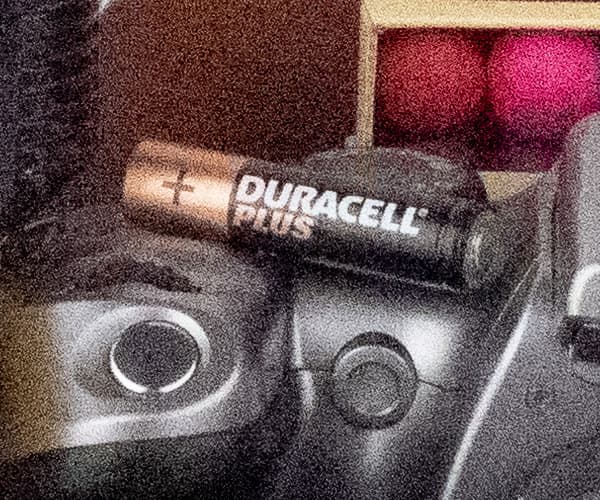
Olympus OM-D E-M1X noise, Raw + Adobe Camera Raw, ISO 25600
Olympus OM-D E-M1X: Verdict
With the OM-D E-M1X, Olympus appears to have given its designers free reign to build the best camera they can, regardless of price. The result is an innovative and highly accomplished camera that’s built like a tank and packed full of clever features, with its intelligent subject detection autofocus being particularly impressive. But the question is, how many photographers will be prepared to shell out £2800 for a large, high-end Micro Four Thirds body?
Indeed in terms of value proposition, I suspect few cameras will polarise opinion quite like the E-M1X. In reality it’s a niche product that will appeal mostly to photographers who shoot fast-moving, unpredictable subjects in demanding outdoor conditions, especially those who need to carry their kit long distances to get the shot. But one problem is that there aren’t many high-end telephotos to match: just a 40-150mm f/2.8 and 300mm f/4 from Olympus, while Panasonic offers 100-400mm f/4-6.3 and 200mm f/2.8 optics.
Of course, it’s impossible to get away from the fact that the relatively small sensor limits the image quality, especially if you want to shoot in low light or make very large prints. But the flip side is that Olympus’s PRO lenses offer superb resolution in relatively small, lightweight packages, backed up by the E-M1X’s astonishing stabilisation. I had no trouble shooting hand-held with the 300mm f/4 and 1.4x teleconverter, which give an 840mm equivalent combination. Try that with full-frame.
Ultimately the E-M1X doesn’t deliver quite as high image quality as its APS-C or full-frame rivals, and that’s got to be a concern given its price. But for many purposes it’s plenty good enough, and it might just let you capture shots you simply wouldn’t otherwise get. Hopefully Olympus will be able to provide many of its eye-catching features in a smaller, more affordable body later this year.


